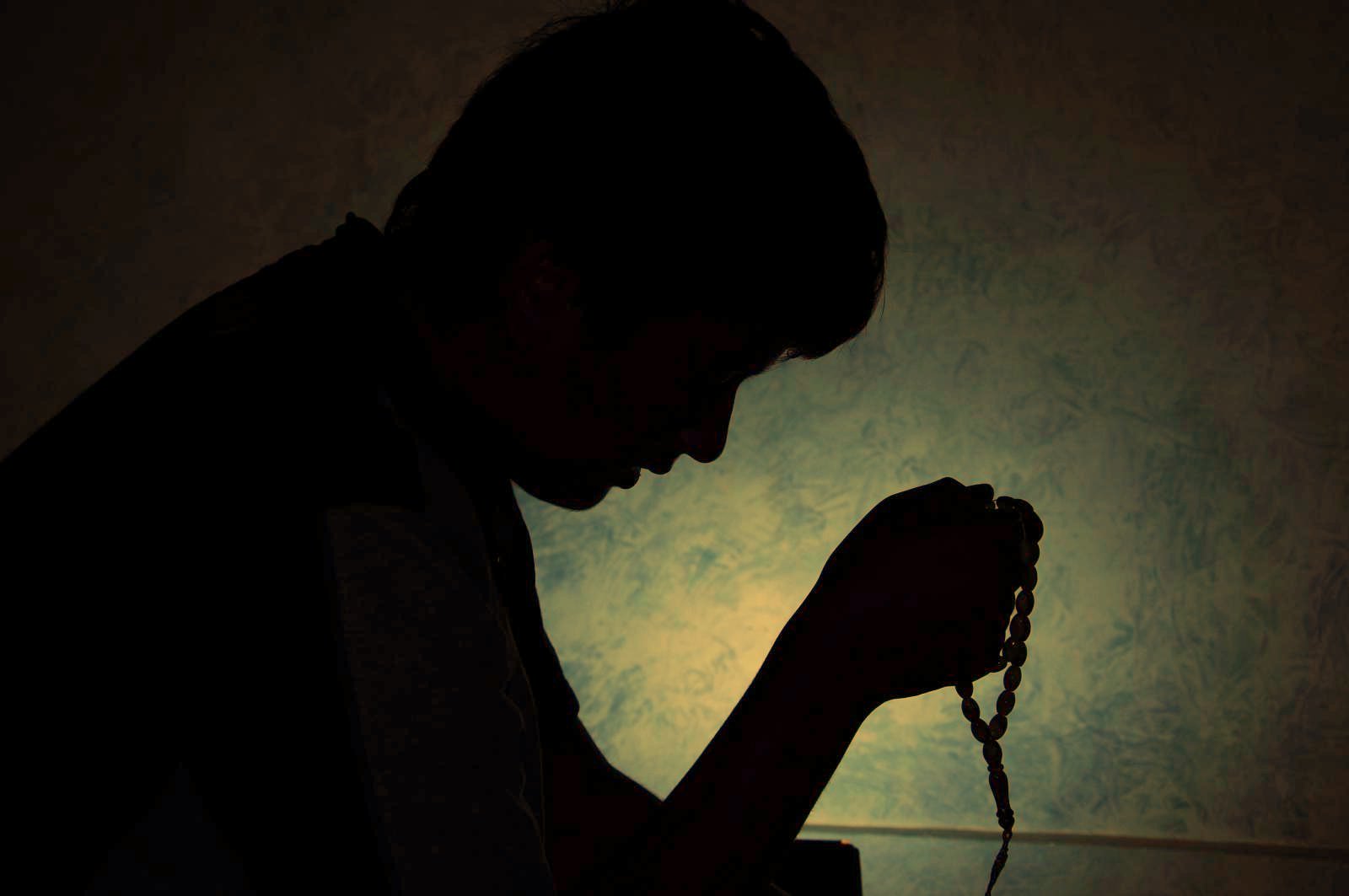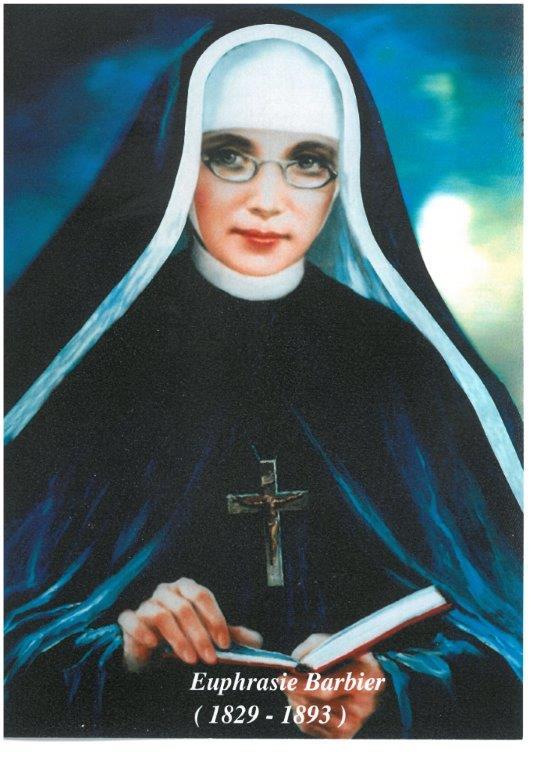I am a Year 8 student at Saint Patrick's School in Auckland, NZ. I am in Room 8 and my teacher is Mrs Dines.
Wednesday, 28 February 2018
Monday, 12 February 2018
Literacy inference
literacy inference
WALHT:Use clues that writers give us in words and images to infer to increase our understanding
This boy does not like eating vegetables. I can tell because of his body language and
facial expression. So it shows that this boy dislike vegetables.
facial expression. So it shows that this boy dislike vegetables.
Languages
Introduce ourselves using Te Reo Maori and in our first languages
MAORI
Ko Tuilokomana toku ignoa
Ko Maungarei toku Maunga
Ko Tamaki toku maunga
TONGAN
Ko Hoku hingoa ko Tu'ilokomana
Ko Hoku Mou'nga ko Mou'nga Uelingatoni
Ko Hoku Vaitafe ko Tamaki
Ko 'eku ha'u mei Tonga
mei he Kolo Ko Fasi moe Afi
i Nukualofa
Ko 'eku fa'e ko 'Ana
ko 'eku tamai ko Feleti.
Friday, 9 February 2018
Patterns
A. Hexagon=7
Triangles=30
B. 6 Hexagons = 66 Triangles
1 Hexagon = 6
2 Hexagon = 10
3 Hexagon = 14
4 Hexagon = 18
5 Hexagon = 22
6 Hexagon = 26
7 Hexagon = 30
The rule for this sequence is to add 4 to each
hexagon after the first one.
Karakia
WALT: Recognise how Prayer, Community & Service are part of my identity
Karakia:
Is our way of communicating to God anywhere any place at anytime. It has been a part of my life
for as long as I can remember.
Most religious people always pray. For example in a car on their way to work
 or when somebody is ill or even when a member of the family has passed away. By saying a prayer it strengthens our belief and trust in God. .
or when somebody is ill or even when a member of the family has passed away. By saying a prayer it strengthens our belief and trust in God. .
for as long as I can remember.
Most religious people always pray. For example in a car on their way to work
 or when somebody is ill or even when a member of the family has passed away. By saying a prayer it strengthens our belief and trust in God. .
or when somebody is ill or even when a member of the family has passed away. By saying a prayer it strengthens our belief and trust in God. .Euphrasie Barbier
 Euphrasie Barbier is the Foundress of the congregation of Our Lady of the Mission Sisters.
Euphrasie Barbier is the Foundress of the congregation of Our Lady of the Mission Sisters. She was born 4th of January in Caen in France.
Her Father, was Louis Barbier a shoe maker. At the age of 17 she started a laundry business.
She was inspired by Bishop Perching and then in 1848 she followed her dream and left her home country France, and began the Mission Sisters Order which soon spread around the world.
Sadly Euphrasie Barbier died in 1893.
Walt: Increase our understanding about the Foundries of the mission sisters.
Spelling Term 1
Today I made up some spelling results to explore the computer graphing tool.
I entered the data for each week and the possible score i.e.i-20.
This information was then selected.
and I chose the graphing tool selecting the bar graph and then customised the display bu adding the Tittle, horzontal + vertical axis heading
Friday, 2 February 2018
Treaty of Waitangi
The Treaty of Waitangi is a peace treaty that was made an agreement between the British and the Maori, this
happened on 6th of February 1840. This is our understanding of how the Treaty came to an agreement.
The whalers came over and brought many things. These items effected on them and they were not so good. happened on 6th of February 1840. This is our understanding of how the Treaty came to an agreement.
They introduced to them alcohol which led to quarrels and unprofessional behaviour from all of them. The
whalers also brought over diseases which got the Maori people unhealthy and sick. Another thing that the
whalers were known for was marrying Maori women of the land. Muskets were also introduced to the Maori
people which were commonly known for changing Maori and New Zealand citizens forever.
When the British came over with muskets, the Maori people made the decision that they were no match
against the British fighters with their spears such as Meres Pounamu and Pakiha So they decided to trade
food, souvenirs, coats and other special items to them for the exchange for the muskets. When all people
including Maori and British had received their muskets, there had been different wars and fights between
them. Some had fought for their land, some for self defence and others for revenge. Missionaries also came
over to the Maori people. They helped them and had good relations with them. The Missionaries taught
them many things that helped the Maori's and also influenced them in a Religious Perspective.
As time passed and fights had still been carried on. Groups of british and Maori came to the conclusion of
creating a peace treaty. The treaty was signed between representatives of the British Crown and Maori Chiefs.
Some Maori Chiefs refused to sign the treaty if it was not translated into the Maori Language. So it was done
and some signed the Maori treaty, some signed the English treaty and some signed none.
creating a peace treaty. The treaty was signed between representatives of the British Crown and Maori Chiefs.
Some Maori Chiefs refused to sign the treaty if it was not translated into the Maori Language. So it was done
and some signed the Maori treaty, some signed the English treaty and some signed none.
Years still pass and New Zealand still commemorate the day that Maori Chiefs and British representatives
signed a treaty of peace between two groups of the British and Maori People.
signed a treaty of peace between two groups of the British and Maori People.
Subscribe to:
Comments (Atom)